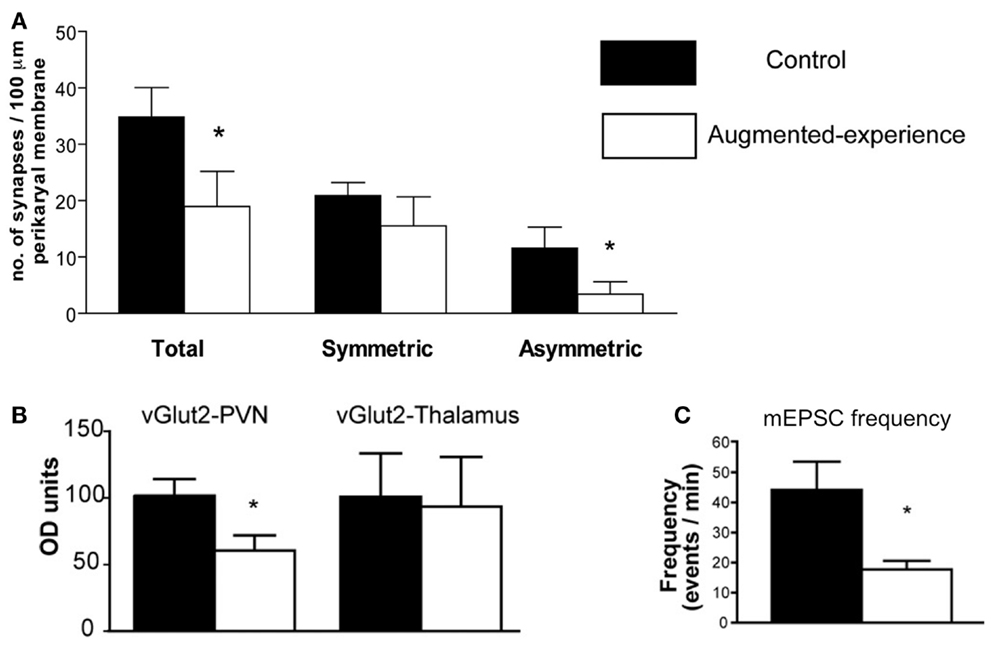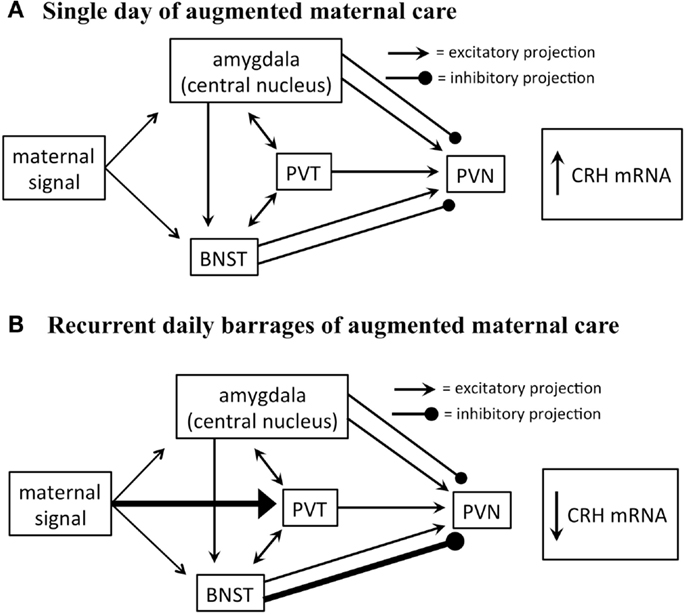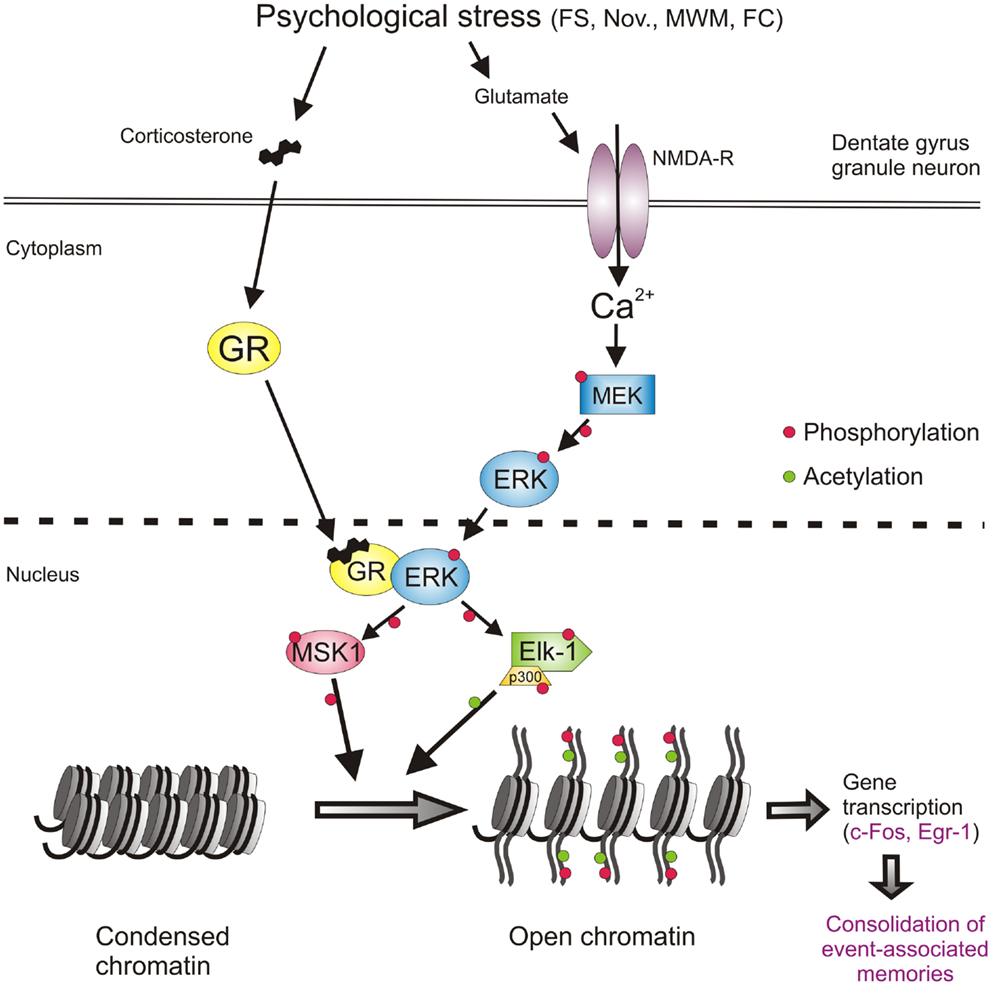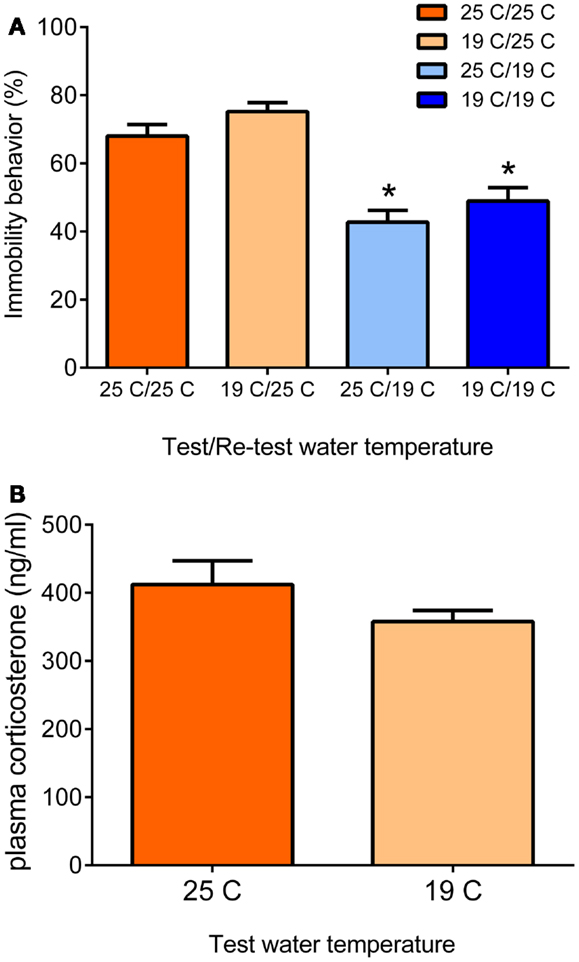
John Hagelin is a particle physicist and director of the Transcendental Meditation movement for the United States. When he was still a serious physicist, he was a researcher at the European Organization for Nuclear Research (CERN) (1981–1982) and the Stanford Linear Accelerator Center (SLAC) (1982–1983).
Hagelin is now Professor of Physics and Director of the Institute of Science, Technology and Public Policy at Maharishi University of Management (MUM). In recent years, his research has focused on connecting consciousness and the unified field theory. His ideas are considered fringe by the physics community and by cognitive scientists.
Despite this (or maybe because of this), he is widely cited by those who believe consciousness is primary to the existence of the universe, a position I have often criticized here. For example, he was featured in two of the most popular New Age "woo" movies, What the Bleep Do We Know? and The Secret - the first an example of how failing to understand science allows one to make all kinds of silly claims (as well as being a front for JZ Knight's Ramtha nonsense), and the second an example of how materialism and narcissism can be made to appear spiritual.
This summary is from Wikipedia:
Efforts to link consciousness to the unified fieldIn a sense, it's sad that Hagelin is where he is now. Prior to leaving the Stanford Linear Accelerator Center in 1983, he had authored a couple a very highly cited papers in particle physics. One wonders what may have been possible if he had not gone off into the wilderness.
Hagelin has attempted to combine his two area of expertise, linking Transcendental Meditation's view of consciousness with physical cosmology. Science writer Chris Andersen, Dallas Observer political reporter Jonathan Fox and physicist Peter Woit have written critically about Hagelin's research and publications in this area.[14][16][20]
In a 1992 news article for Nature about Hagelin's first presidential campaign, Anderson wrote that Hagelin, was "by all accounts a gifted researcher well known and respected by his colleagues" but that his effort to link grand unified theories of physics to Transcendental Meditation "infuriates his former collaborators."[20] He cited physicist John Ellis' fear that "people might regard [Hagelin's assertions] as rather flaky, and that might rub off on the theory or on us."[20] Fox observed that, while "once considered a top scientist, Hagelin's former academic peers ostracized him after the candidate attempted to shoehorn Eastern metaphysical musings into the realm of quantum physics."[16] In his book, Not Even Wrong: The Failure of String Theory and The Search for Unity In Physical Law, Woit acknowledged that Hagelin had published papers in prestigious journals that would eventually be cited in over a hundred other papers, but that identification of a unified field of consciousness with a unified field of superstring theory was wishful thinking and that most physicists thought Hagelin's views on this topic were nonsense.[14]
Hagelin's linkage of quantum mechanics and unified field theory with consciousness was also critiqued by University of Iowa philosophy and sociology professors Evan Fales and Barry Markovsky in 1997, in the journal Social Forces. They wrote that the connection relied on similarity between properties of quantum mechanical fields and consciousness, but that the parallels Hagelin highlighted between unified field theories and the Vedas rested on ambiguity, obscurity and vague analogy supported by the construction of arbitrary similarities.[26]
Hagelin was featured in the movies What the Bleep Do We Know!?,[27] and The Secret.[28] What the Bleep Do We Know? was described by Michael Shermer, writing in Scientific American, as being filled with "New Age scientists whose jargon-laden sound bites amount to little more than what California Institute of Technology physicist and Nobel laureate Murray Gell-Mann once described as 'quantum flapdoodle.'"[29]
This talk was given at Stanford University, interestingly enough.
John Hagelin - Consciousness, a Quantum Physics Perspective
Published on Aug 1, 2014
Renowned quantum physicist, John Hagelin (PhD, Harvard), presents the thesis that consciousness is a unified field that contains nature's programming code and transcending through meditation is a pathway to hack / access consciousness.







